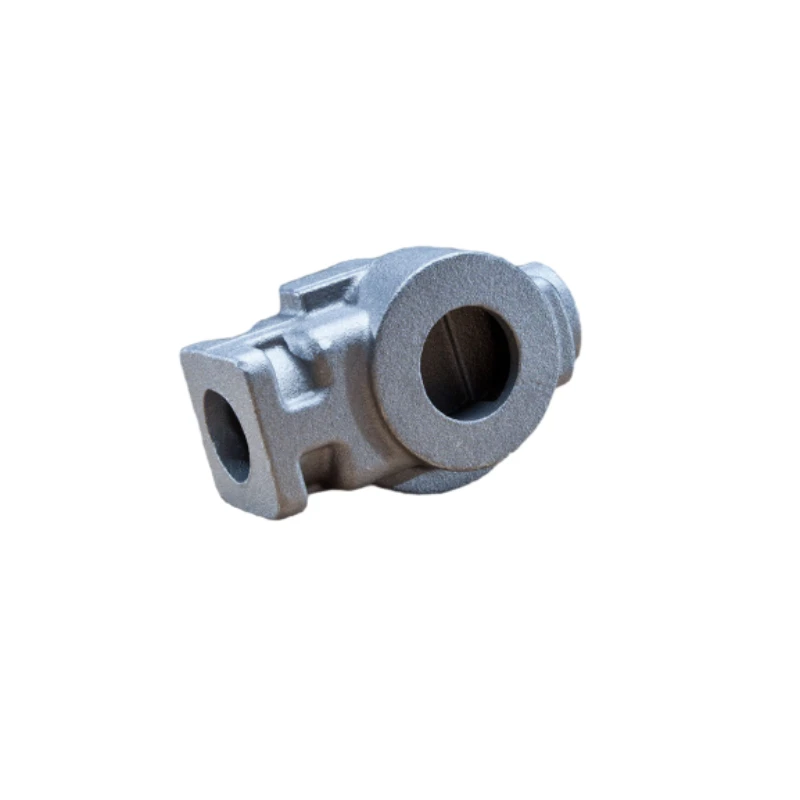die casting cost
Understanding Die Casting Costs A Comprehensive Breakdown
Die casting is a manufacturing process that involves forcing molten metal into a mold cavity to produce precise and intricate metal parts. This technique is widely used in various industries, including automotive, aerospace, and consumer electronics, due to its ability to create complex shapes with high dimensional accuracy and repeatability. However, the cost of die casting can vary significantly based on various factors. In this article, we will explore the key components influencing die casting costs and provide insights on how to effectively manage these expenses.
1. Material Selection
The type of metal used in die casting is the primary factor affecting the overall cost. Common materials include aluminum, zinc, magnesium, and copper. Each metal has distinct properties and costs associated with it. For instance, aluminum is popular due to its lightweight and strength but can be more expensive than zinc. Additionally, fluctuations in raw material prices can impact die casting costs. Therefore, selecting the right material is crucial, as it affects not only the cost but also the performance and application of the final product.
Die casting involves the use of high-precision molds, which can be one of the most significant cost components. The cost of tooling, including mold design, manufacturing, and maintenance, can be substantial. High-quality molds are essential for producing consistent parts and can be expensive, with costs ranging from thousands to tens of thousands of dollars, depending on the complexity and size. To mitigate these costs, manufacturers often evaluate design changes that simplify the mold and reduce production expenses.
3. Production Volume
The scale of production also plays a critical role in determining die casting costs. Typically, the more units produced, the lower the cost per unit. For low-volume production runs, the initial investment in tooling can be spread over fewer parts, resulting in higher per-unit costs. In contrast, high-volume runs allow the fixed costs of tooling and setup to be distributed across a larger number of parts, significantly reducing the per-piece cost. Thus, manufacturers must consider their production needs and plan accordingly to optimize cost efficiency.
die casting cost

4. Labor and Overhead
Labor costs, including skilled personnel required for operating die casting machines and performing quality control, contribute to overall expenses. Additionally, overhead costs such as facility maintenance, utilities, and administrative expenses must also be factored into the total cost of production. Companies seeking to reduce labor costs should invest in automation and training, which can lead to increased efficiency and reduced long-term expenses.
5. Post-Processing and Finishing
After die casting, parts often require additional processes such as machining, surface treatment, and finishing to meet required specifications. These post-processing steps can add significant costs to the final product. Therefore, manufacturers should consider the need for post-processing at the design stage to minimize additional expenses and ensure the part can be produced within budget constraints.
6. Quality Control
Ensuring the quality of die cast parts is paramount, as defects can lead to costly rework or scrapping of parts. Implementing a robust quality control system involves additional costs but is essential in maintaining product standards and reducing waste. Investing in proper testing equipment and procedures can save money in the long run by preventing defects and ensuring customer satisfaction.
Conclusion
Die casting is a powerful manufacturing process that can produce high-quality parts with precision. However, understanding the various costs associated with die casting is critical for manufacturers. By carefully considering material selection, tooling, production volume, labor, post-processing needs, and quality control measures, companies can optimize their die casting operations and reduce overall costs. With the right strategies in place, die casting can be a cost-effective solution for producing complex metal components across various industries.
-
OEM Sand Cast Pump Valve Fittings - Baoding Hairun | Precision Engineering, CustomizableNewsJul.30,2025
-
OEM Sand Cast Pump Valve Fittings - Baoding Hairun Machinery And Equipment Trading Co., Ltd.NewsJul.30,2025
-
OEM Sand Cast Pump Valve Fittings - Baoding Hairun Machinery And Equipment Trading Co., Ltd.NewsJul.30,2025
-
OEM Sand Cast Pump Valve Fittings - Baoding Hairun Machinery|Precision Engineering&Fluid ControlNewsJul.30,2025
-
OEM Sand Cast Pump Valve Fittings - Baoding Hairun Machinery And Equipment Trading Co., Ltd.NewsJul.30,2025
-
OEM Sand Cast Pump Valve Fittings-Baoding Hairun Machinery And Equipment Trading Co., Ltd.NewsJul.30,2025















